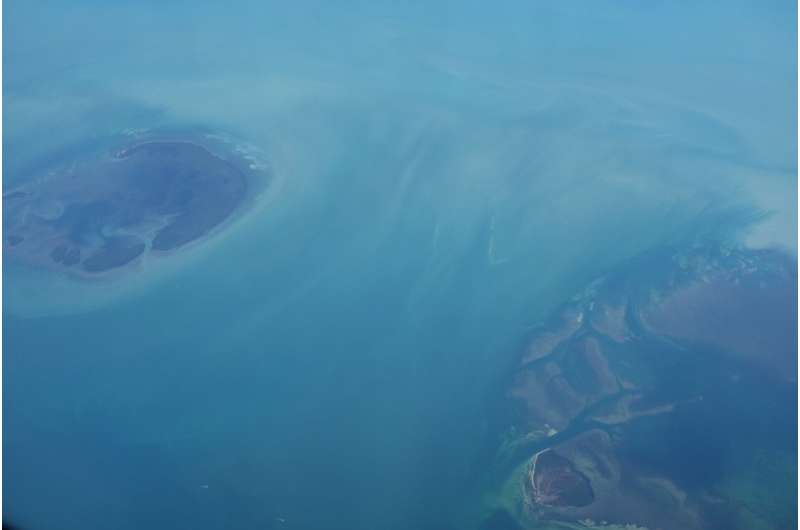
Elkhorn corals are already considered “functionally extinct” in the upper Keys, and other elkhorn and staghorn populations in the Florida Reef are following suit, according to Liv Williamson, an assistant scientist of marine biology and ecology at the University of Miami. That means there are a small number of individual corals left in the only living barrier reef in the continental United States—the world’s third-largest. It stretches about 360 miles from Dry Tortugas National Park to the St. Lucie Inlet (off Florida) —but they can’t reproduce enough in the wild to support a viable population.
Only a few hundred unique individuals of these corals are left in all of Florida: about 150 elkhorn and 300 staghorn.
Just weeks after spawning season, more than 90% of those parent corals are dead.
“We just see a lot of corals that are fully dead at this point,” Williamson said.
Staghorn and elkhorn corals declined throughout Florida and the Caribbean for decades, Williamson said. In the 1980s, the staghorn and elkhorn coral populations declined by 97% due to white band disease, which kills the coral’s tissues, according to the National Oceanic and Atmospheric Administration.
Where there were once “vast thickets” of these corals, populations now consist “mostly of isolated colonies or small groups of colonies,” the agency said
But now they are nearly wiped out—setting back years of restoration efforts, Williamson said. She estimates only 10% of the elkhorn and 5% of the staghorn in Key Largo survived. In the lower Keys, where waters are even hotter, entire reefs have been wiped out.
Coral Restoration Foundation teams visited Sombrero Reef in July and found “100% coral mortality,” according to a news release. At the nonprofit’s nursery in Looe Key, a popular dive spot, 5,600 staghorn and elkhorn corals had either bleached or died.